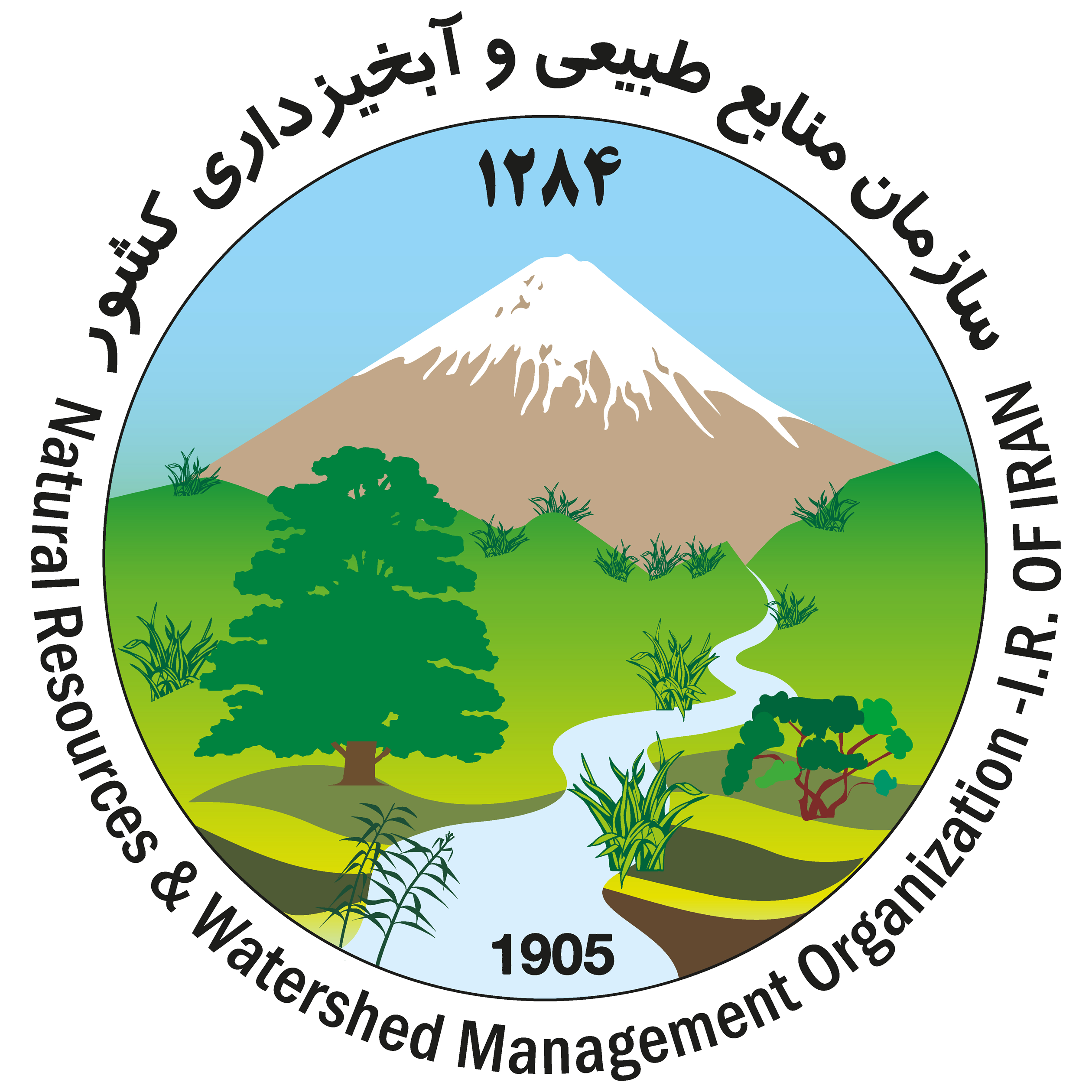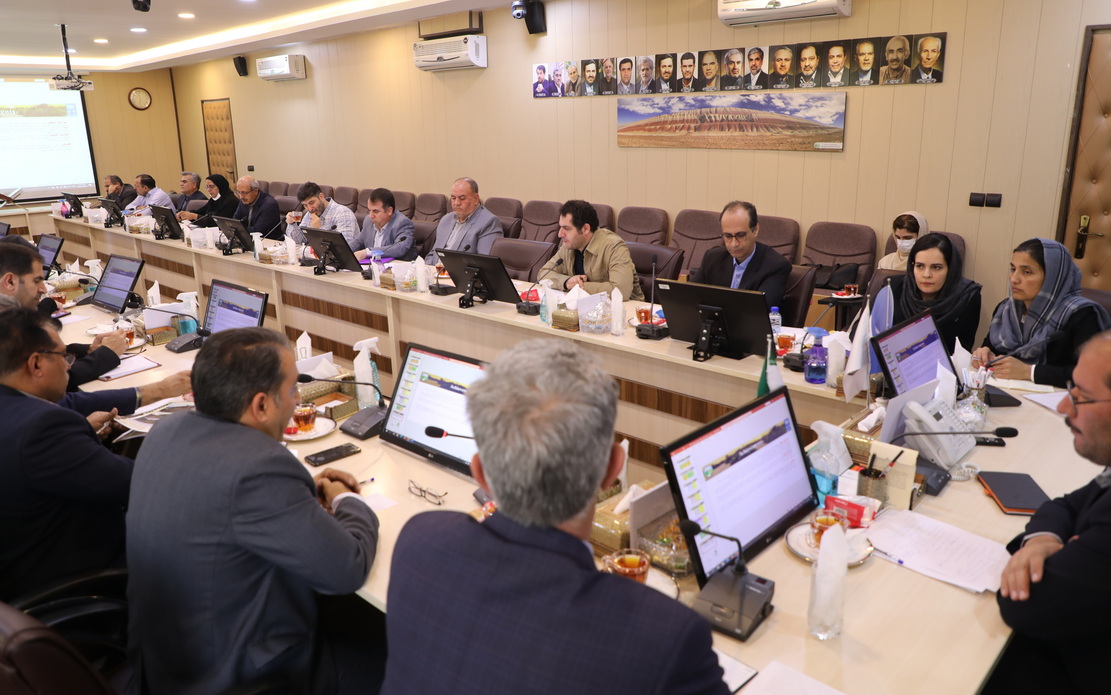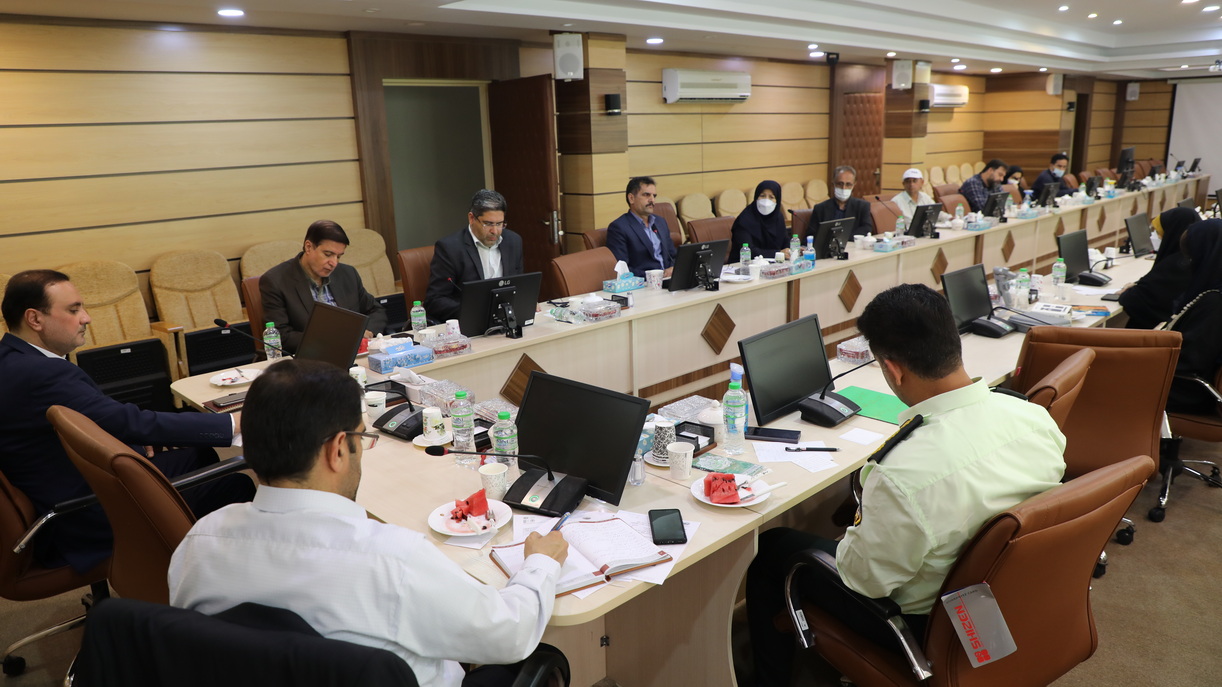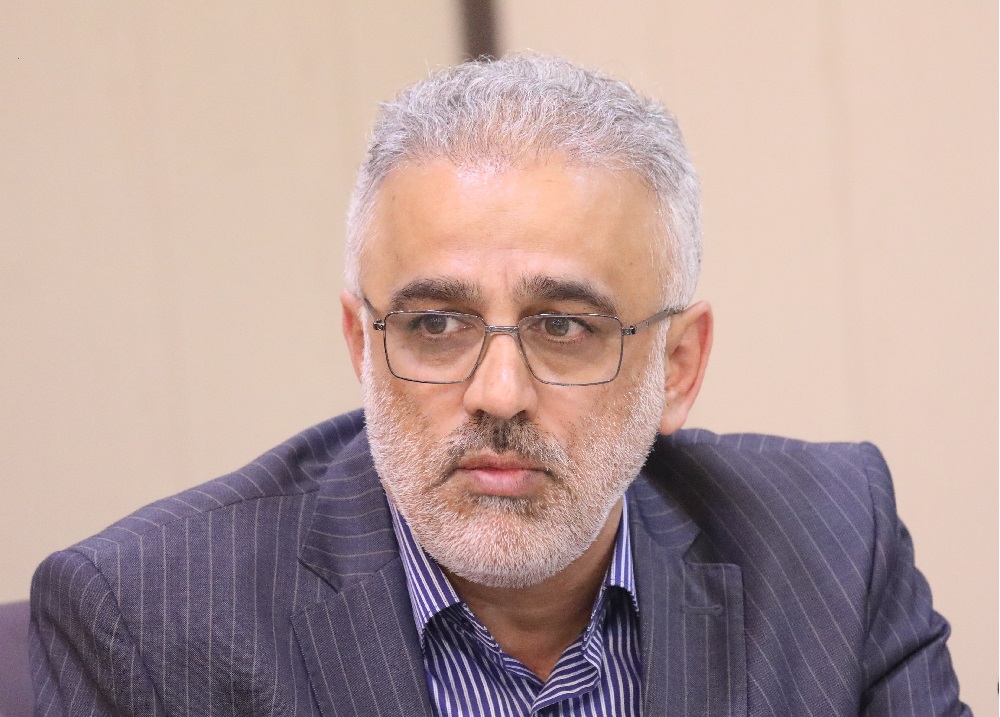History Forestry dates back to antiquity in Iran. In 1823, the Ministry of Public Benefits was established, which marks the government's initial attention to natural resources management in Iran in early modern times. The ministry, in 1905, set up a bureau with the title of "Roads, Railways and Forests Bureau" mandated to manage forests and conserve natural resources throughout the country. The bureau evolved constantly in many ways since then. In 1972, Forests and Range Organization (FRO) was established by the Parliament under the Ministry of Agriculture aimed atprotection, conservation, reclamation, development and utilization of forests, rangelands, forested lands, natural woods and coastal areas. In 2002, Forest, Range and Watershed Management Organization (FRWO) was officially formed upon the transfer of watershed management department from Ministry of Agriculture to Forest and Range Organization (FRO), pursuant to the Merger Act, mandated to manage allpublic lands covered by the Forest and Rangeland Nationalization Law. FRWO is the governmental agency under Ministry of Agriculture- Jahad, responsible for settingguidelines, planning and enforcing policies, legislation and regulations pertaining to land use, forestry, range management, desertification control and watershed management. The first modern forest management plan was formulated and implemented in the Caspian area in 1959. Forestry plans covered only limited areas until 1963, when nationalization of forests led to the preparation of forestry plans for wood production on a large scale. The dominant silvicultural method used at that time in forest management plans was Shelter Belt system coupled with clear-cutting aimed at producing even-aged and pure stands to meet the industrial needs for wood. In the next six decades afterwards, considerable progress was made in silvicultural methods especially with the introduction of "Close-to-Nature Forest Management" and "Multi-Purpose Forestry" about two decades ago that emphasizes single tree selection, reduction of wood harvest, biodiversity conservation and ecosystem services. However, despite of all new silvicultural methods introduced by FRWO to control heavy burden of exploitation in harmony with natural capacity in terms of regeneration and ecosystem services of the Caspian forests, the trend of deforestation continued unabatedly. This prompted the Government to introduce a temporary ban on forest harvesting operations in the Caspian forests aimed at reversing degradation trend through conservation, restoration reforestation and plantation measures. Chronology Establishment of Forest Management Bureau (1823)
In 1823, the Ministry of Public Benefits was established in Fath Ali Shah Period (Qajar dynasty), which marks the government's initial attention to natural resources management in Iran.
Establishment of the Forestry Bureau (1920) In 1920, Ministry of Agriculture and Commerce formed a forestry bureau in Mazandaran province specifically mandated for mapping, cadastral survey, and identification of virgin and industrial forests as well as degraded forests and other wooded lands. In 1925, the council of ministers ratified the "Charter of Foresters of Iran" in 8 articles, the main 3 items of which are as follows: 1-All types of forests are state-owned and are considered as government property otherwise its private ownership is established by official legal documents; 2-The government exerts technical supervision for the development and conservation of all types of forests (private/public) through Ministry of Agriculture and Commerce; 3-Permits for forest lease, harvesting operation and utilization of forest by-products are solely issued by Ministry of Finance under the technical guidance of Ministry of Agriculture and Commerce.
Establishment of Forest Division (1940) Following the reports of illegal cuttings in Gilan forests, the authorities in the Ministry Agriculture and Commerce were prompted to establish a division in the capital to handle the affairs. In 1938, the Forest Division was initially established in Agriculture Department of the Ministry; however, due to the importance of forestry issues, the Forest Division was officially promoted to Forestry Directorate in 1940.
Establishment of Forest Department (1942)
In 1942, the Forestry Directorate was transformed into Forest Department with four branch offices in the north part of the country, directly supervised by the Agriculture Department in the region.
Establishment of Forest Service (1949) Establishment of Forestry Organization (1960) In 1960, Forestry Organization replaced Forestry Service with the following objectives and duties:
1-Formulation of the Forest and Range Nationalization Law that was ratified with 28 articles and 22 notes in 1963,
Establishment of Ministry of Natural Resources (1967) Establishment of Forests & Range Organization (1972)
In 1972, the Forests and Range Organization (FRO) and its provincial departments were approved by the government with the objectives as follows: protection, conservation, reclamation, development and utilization of forests, rangelands, forested lands, natural woods and coastal lands, throughout the country. Establishment of Forests, Range and Watershed Management Organization (2002) Forests Range and Watershed Management Organization was established in 2002 after the transfer of duties of watershed management from Ministry of Jihad Agriculture to FRO with the objectives as follows: protection, conservation, reclamation, development and utilization of forests, rangelands, forested lands, natural woods and coastal lands, as well as watershed management and soil conservation throughout the country.
|




.png)









